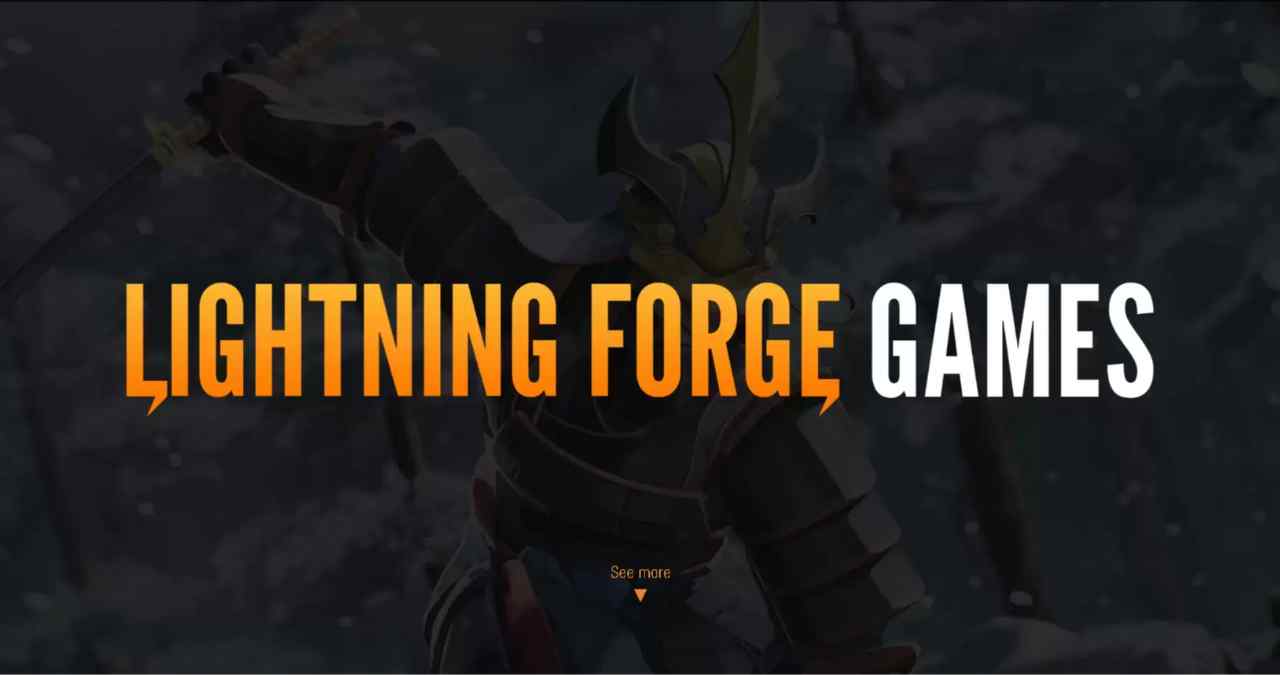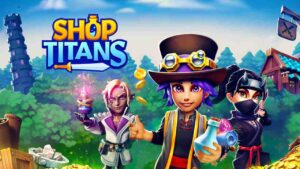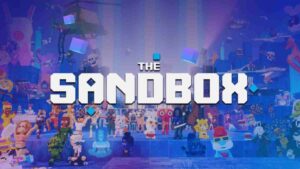Lightning Forge Games is opening the next chapter in its community strategy with the launch of the Forge Key mint. Best known for Sparkball and RiftStorm, the studio is using this initiative to create a unified access layer across its current and future titles.
This isn’t just a cosmetic NFT drop. The Forge Key is meant to be a utility-focused token that reflects Lightning Forge’s broader goal: connecting its player base across games while gradually introducing governance elements and exclusive access opportunities.
What the Forge Key is designed to do
The Forge Key acts as a multi-title pass. Holders will get in-game perks across Lightning Forge titles, starting with cosmetic rewards and access enhancements in Sparkball. Future updates will expand its integration into RiftStorm, especially as the game moves through testing phases and new content cycles.
While many Web3 games have leaned on one-game assets, Lightning Forge is building around a studio-wide identity. The Forge Key sets the foundation for that. It’s not a gameplay mechanic, but it touches game experiences through gated content, cosmetics, and early access.
Mint structure and technical setup
The mint is limited to 5,555 Forge Keys, distributed in two phases. A smaller initial drop went to early supporters, with a public mint following shortly after. The key is built on Avalanche, using standard NFT protocols for wallet-based verification.
No staking or token yield is tied to the key at launch. That said, Lightning Forge has positioned it as a dynamic access layer, meaning the value and functionality could evolve as more ecosystem tools roll out. The intent is to reward participation, not speculation.
A platform-level play for Web3 gaming
What’s notable about the Forge Key isn’t just what it unlocks, but how it shifts the model. Lightning Forge is leaning into long-term player identity that spans titles. This stands in contrast to fragmented Web3 ecosystems where each project starts from scratch.
In practice, this means holders might have early say in design feedback loops, access to alpha builds, or deeper involvement in how seasonal content gets structured. It’s a lighter approach to governance, woven into how the studio builds games rather than layered on top with tokens.
Looking beyond individual games
Sparkball and RiftStorm both represent different sides of Lightning Forge’s design goals one competitive and fast-paced, the other darker and more tactical. The Forge Key doesn’t tilt toward either title. Instead, it creates a shared space for players who want deeper involvement with the studio’s direction.
This kind of cross-project access is still relatively rare in Web3 gaming, where most NFTs are project-specific. Lightning Forge is treating its games more like chapters in a broader universe, with the Forge Key serving as a persistent credential for those who stick around.
Signals of a longer-term ecosystem
There’s no promise of rapid utility expansion, and that’s the point. The Forge Key looks like a structural piece designed for a slow buildout, not a hype spike. For players already invested in the studio’s games, it offers continuity. For Lightning Forge, it sets the groundwork for player-based infrastructure that’s not tied to a single game loop or season.
It’s not loud. It’s not overloaded with jargon. But it’s one of the cleaner examples of how a Web3 studio can use tokens to unify not just monetize its gaming slate.
Web3 Analyst & Play Blockchain Games Guide
CryptoKit breaks down Web3 gaming like it’s second nature. From tokenomics to airdrop strategies, she turns blockchain chaos into clear, actionable advice for players who want to win more than XP.




